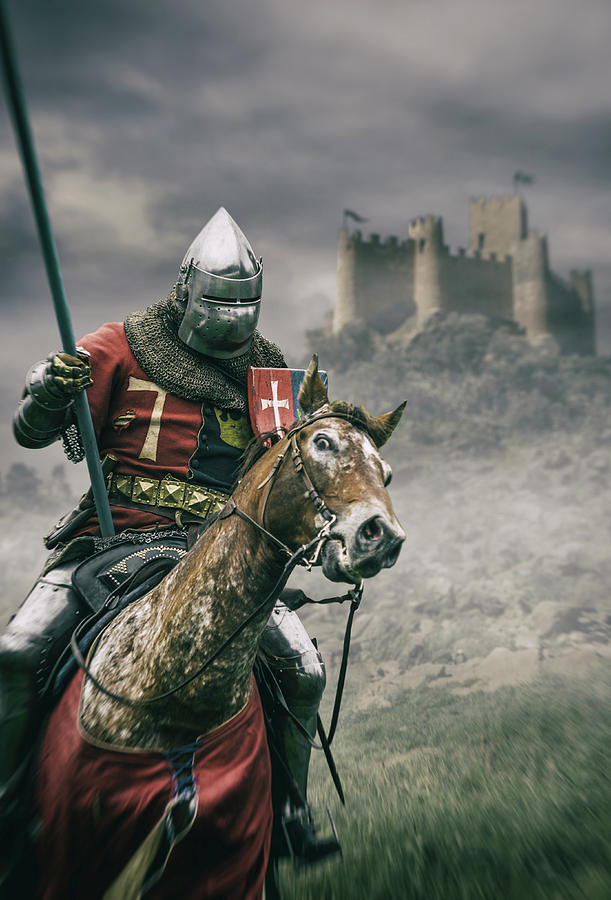

Warhorses were selected to be tall, fast, manoeuvrable and strong enough to both give and receive blows. This special training may be an explanation for the name destrier (literally “right-handed horse”).īecause the momentum of the moving horse actually gave the blow its power, it also had to learn both to push, and to absorb the blow given to its rider. Indeed, the gallop is an asymmetrical gait, and by galloping on the right lead (the right front leg advancing and touching the ground in a forward direction to a greater extent than the left one, used by the animal to keep its balance in curves), it could compensate for an impact coming from its left. Secondly, for the couched lance technique, they had to accept running directly towards another rider (a rather unnatural thing for a horse), while also galloping on the right lead for the meeting. First, they needed to become acclimatized to the sounds and violence of combat. Warhorses likewise required special training.

This was very difficult and required extensive training from childhood and could only be practiced efficiently by those who had the time and money to afford such training.

The use of the horse was essential to the use of the lance, for the power of its impact is determined by its speed and its strength the rider’s job consisting in maintaining the correct position, controlling the horse and aiming at his opponent. It could deliver a powerful blow (even piercing chain mail armour), but the charge was also meant to disorganise the enemy’s ranks and to have a pronounced psychological impact upon them. This technique, first observed among the Norman riders on the Bayeux tapestry, consists of holding a lance under the right armpit, and passing it over the horse’s neck, on its left side (protected by the great shield) in order to hit another fighter on the knight’s left and all of this on the back of a galloping horse (Gillmor, ed. The word destrier, meaning “right handed”, seems to appear in Old French texts at the beginning of the twelfth century, with the spread of the most well-known knightly form of combat: the charge with a couched lance. Physically, the perfect destrier was tall (the tallest of medieval horses, between 1.50 and 1.60 metres) with thin legs but a compact and muscular body. But the most expensive horse in the medieval stable was the destrier, or great horse, the stallion trained for war and tournament. For example, the palfrey was a costly civilian horse capable of a marching amble, a more comfortable gait for travelling. Horses were designated with regards to their geographical origin or their function, the latter according to their natural qualities or their training. Unlike today, husbandry in the Middle Ages largely ignored specific breeds of horses. Their warhorses played a crucial part in this. Yet, at its beginning, chivalry represented above all a function: knights were elite horse-riding warriors who subsequently elaborated ethical rules for themselves that became the framework of their identity. This is especially the case within the context of military representations, among which one often finds the figure of the knight riding his noble steed. Indeed, the horse cannot be dissociated from knighthood, a new military form of nobility that arose in the eleventh century. The horse is a common figure in medieval art.


 0 kommentar(er)
0 kommentar(er)
